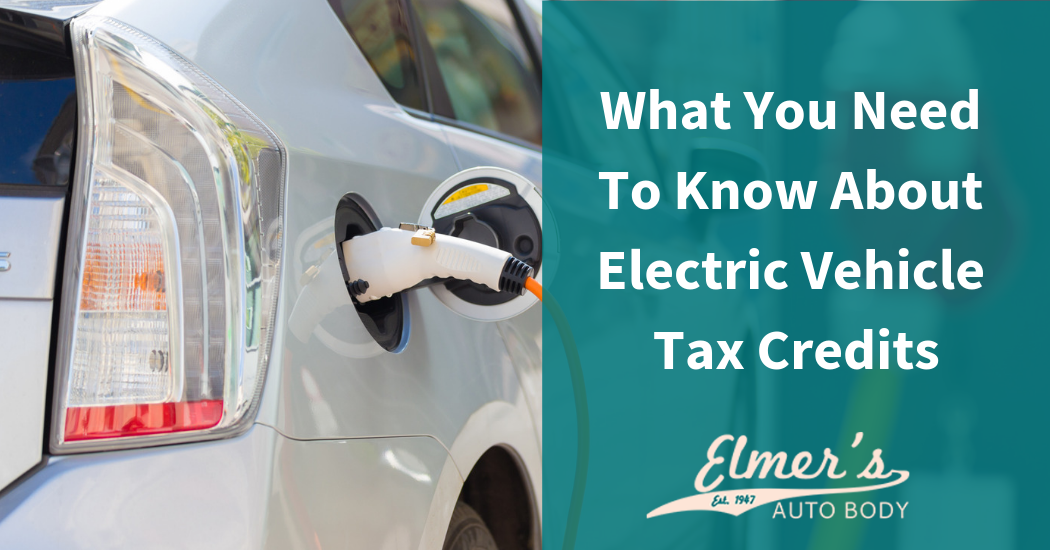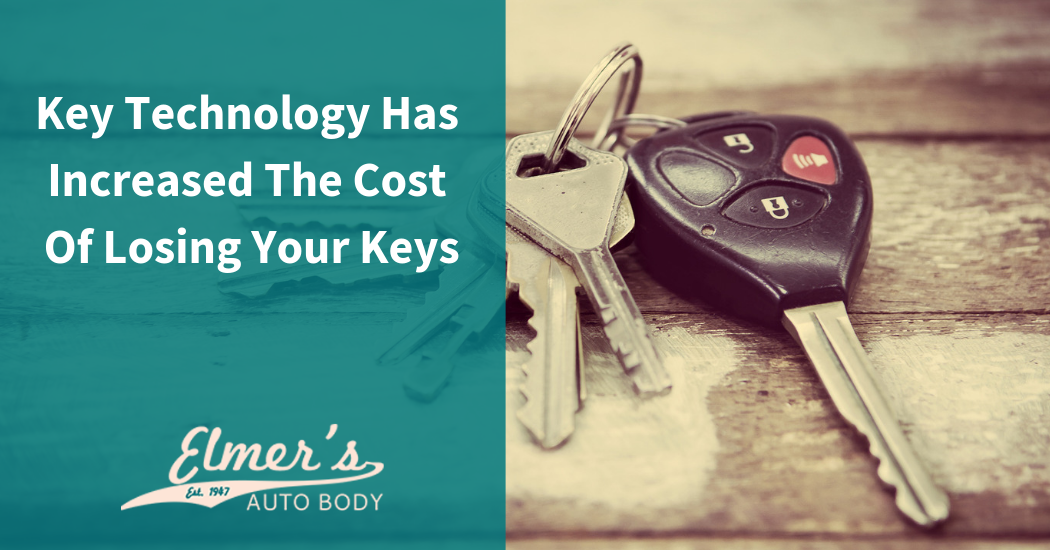As a vehicle owner, one of your biggest fears is having your vehicle stolen. Don’t feel bad! Your car is your home away from home, and something you depend on for so very much of your daily life. Fail to mention it’s a rather expensive loss should someone abscond with it. There’s a reason why vehicle security is such big business, and why grand larceny (formerly grand theft auto) is such a serious crime in our legal system.
But, no matter how secure your vehicle is, no matter how discerning you are in choosing where you park, it only takes one especially cunning, brave, maladjusted person to come along, find your car appealing, and take off with it. The better security, the smarter thieves tend to be as a result, after all.
So, the question is, what do you do if this happens? There are nearly 800,000 car thefts a year, and you never know when you might be one such statistic. Today, we’re going to go through this disaster step by step, and talk about what to expect at certain points. It’s not going to be fun, but if you, above all else, remain calm and follow procedure, one way or another, you’ll get this worked out.
Where Did You Park?
You’ve undoubtedly experienced this to a smaller extent before. You walk out of a mall or big box store during a busy evening, the parking lot is jam-packed. You’re sure you remember where you parked, but you’ll be darned if you can find your car. Panic wells up inside you, thinking “oh no, someone stole my car!”
This happens to everyone, and it happens often in a world where traffic is anything but diminishing. So, the first thing to do is make absolutely sure your vehicle is gone. This is a bit easier nowadays, with keyless remote entry allowing you to set off a chirping or honking sound with the push of a button.
If your vehicle doesn’t have this, then walk the lot. It’s exhausting and stressful, but necessary.
Time for the Police
So, it’s really gone? Ouch! Right now, your mind is racing, worst case scenarios causing your world to spin dizzyingly. Take a deep breath. The first thing you should do now is to inform the police. Report your vehicle stolen right away.
The longer it’s gone, the less chance there is of your vehicle being found, not unlike a missing persons case. If you’re in a highly urban or suburban area, police are statistically more likely to find your vehicle in short order.
If you’re in a rural area, well, don’t count on it. This is not the fault of law enforcement either, moving targets in expansive areas are logistically troublesome.
Technology to the Rescue
If your vehicle’s less than ten years old, there’s a really good chance it has tracking technology built into it. This is called a “low jack”, and if your vehicle has GPS or other modern, digital conveniences, you can usually get a location fix on the vehicle. If you can’t, then in many cases, the police can.
Of course, if you have an older vehicle, investing in this technology before the unfortunate can happen, might be a wise decision. There are services that specialize in this kind of surveillance, and it’s an affordable, solid peace of mind to have.
Dealing with Insurance
Now, you’ll need to inform your lender or insurer of your car’s theft. This is where things can get really scary and complicated. Does your insurance cover theft? You should find out now, before something happens, and if it doesn’t, you’ll want to adjust your policy so that it does. In the case your vehicle is never recovered, this is a windfall you’ll want to have.
Now, you just have to wait. Police are looking for your car, if you have tracking technology, specialists are doing everything in their power to triangulate its location, and there’s nothing you can do but stay in touch with these people and wait.
If you’re still making payments on the vehicle, you’ll want to continue making them. It’s a sad fact that lenders won’t accept “but my car’s currently stolen” as an acceptable reason to not continue payments. This goes for your insurance as well.
In the end, as long as your policy covers auto theft, you’ll eventually recoup and recover.
To learn more about handling car theft, fill out our contact form today.




